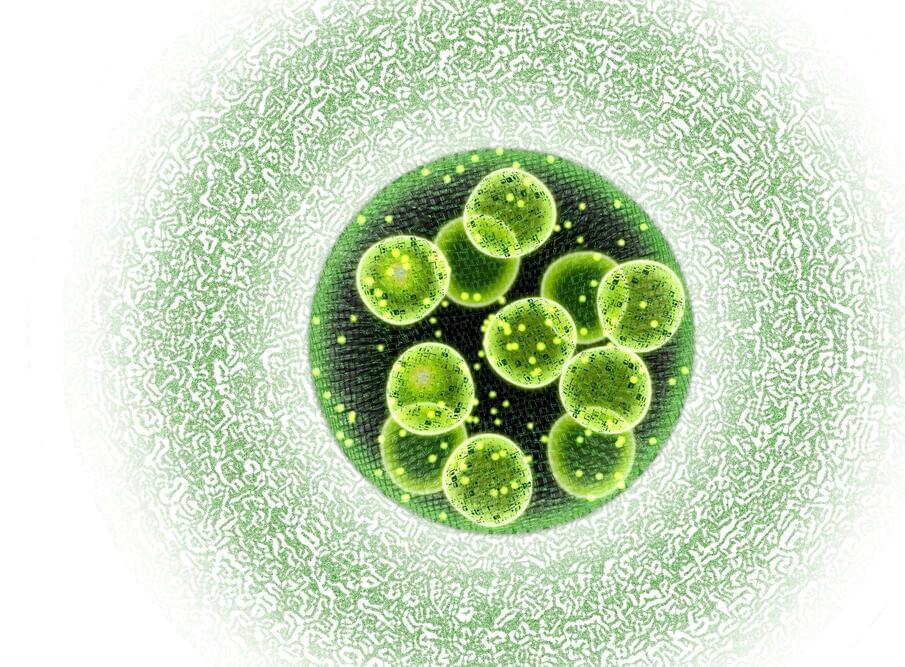Aug 23, 2024
Legal challenges in human brain organoid research and its applications
Posted by Dan Breeden in categories: biotech/medical, law, neuroscience
A study appearing in Journal of Bioethical Inquiry explored the legal and ethical challenges expected to arise in human brain organoid research.
Human brain organoids are three-dimensional neural tissues derived from stem cells that can mimic some aspects of the human brain. Their use holds incredible promise for medical advancements, but this also raises complex ethical and legal questions that need careful consideration.
Seeking to examine the various legal challenges that might arise in the context of human brain organoid research and its applications, the team of researchers, which included a legal scholar, identified and outlined potential legal issues.


















